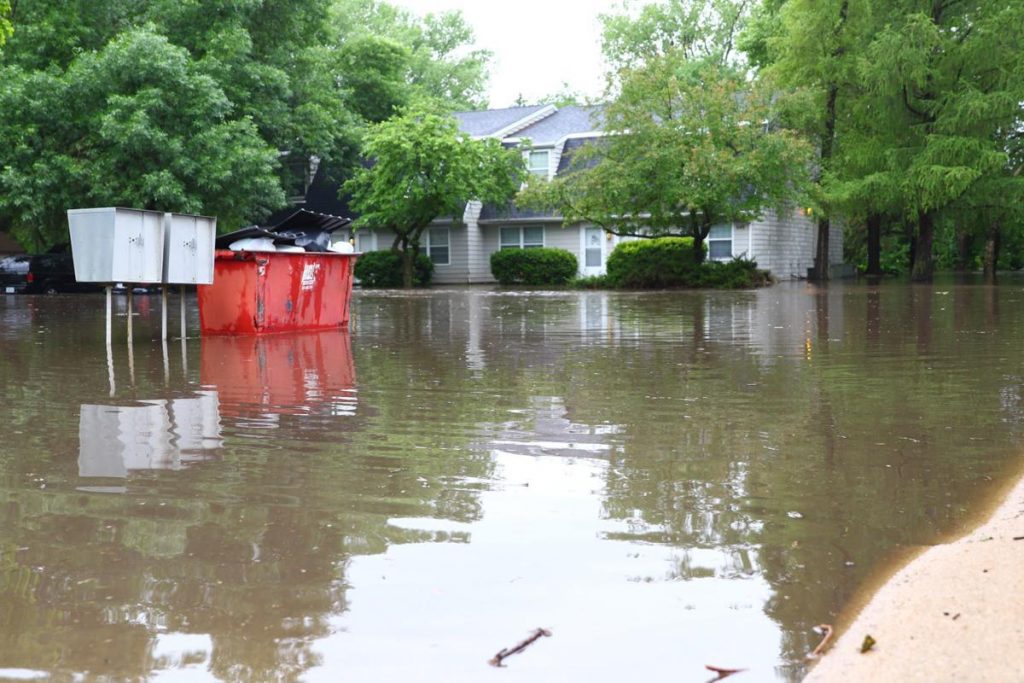Flash Floods and the Challenges of Warning
Worth county, Iowa
On June 8, 2018 the Globe Gazette was reporting a prediction of 2-4 up to 5 inches of rain in northern Cerro Gordo and southern Worth counties. Flash flooding was occurring in the danger area that included Kensett, Halontown, and Grafton. Highway 9 was closed west of Manly “after fast-moving water covered the road.” Officials were anticipating that heavy rain would require the closing of Interstate 35 between mile markers 178 and 209.
News sources and residents remarked that the June 2018 rains and flash flooding occurred on the ten-year anniversary of the 2008 heavy rains and flood. In that year flood waters from the Winnebago River “damage[d] hundreds of homes and [wreaked] havoc throughout the area.”
The heavy rains on June 8 in 2018 prompted KAAL-TV out of Rochester, Minnesota, to remind Worth County residents and others in their viewing area: “Remember to NEVER drive through a flooded roadway! Find an alternate route instead!” Weather Underground’s warning of flash flooding on March 15, 2019, offered a similar warning: “Turn around, don’t drown when encountering flooded roads. Most flood deaths occur in vehicles.” The danger increases at night. Despite these warnings, deaths continue to occur from vehicles being driven into flooded roadways.
As officials and weather reporters face the challenge of issuing warnings that residents heed, a historical story of warnings from health officials may offer some perspective. Between 1880-1900 Worth County experienced two smallpox epidemics even though the vaccine made from cowpox had proven effective decades earlier. In 1886 local Worth County doctors reported to the state board of health a number of cases of the highly contagious disease. But they also had to report the number of exposed persons who would not obey a quarantine either because of the “interference of pretended physicians” who claimed the illness was not smallpox or because of language barriers. When the illness emerged again in 1899, some of the same issues arose as did the deadly mistake, by uninformed persons, of inoculating people with live smallpox—that would, yes, spare the individual but also make that person a carrier of the infection—rather than an appropriate vaccine made from cowpox. During both epidemics local officials and the state board of health, newly formed in 1880, negotiated to find means of using state and local authority to protect residents, sometimes protecting them from themselves. Mayors, county aldermen, and local newspapers all played a role in creating protective ordinances and then conveying them to the public as well as reminding people how they could and could NOT contract the disease. The state board could usefully assert its authority to corroborate the local authorities’ diagnosis and management of the problem. But the power of the state’s authority was limited; the public’s safety lay in the hands of local authorities and communities.

Image Source: The Global Gazette
Sources: on line: Globe Gazette, June 8, 2018; ABC News 6, KAAL TV, June 8, 2018; Weather Underground, March 15, 2019; SHSI: Philip L. Frana, “Smallpox: Local Epidemics and the Iowa State Board of Health, 1880-1900,” The Annals of Iowa 54 (Spring 1995): 87-118.
